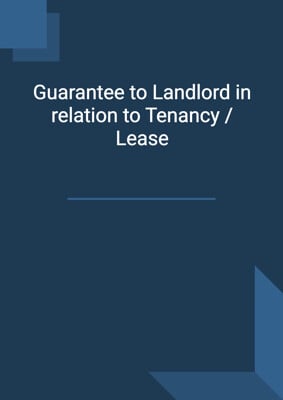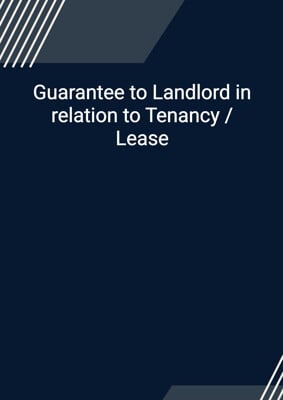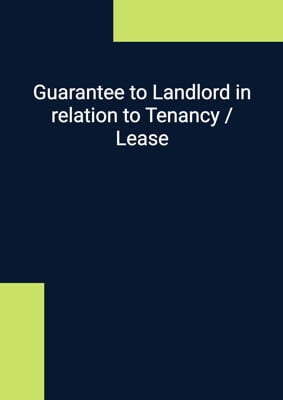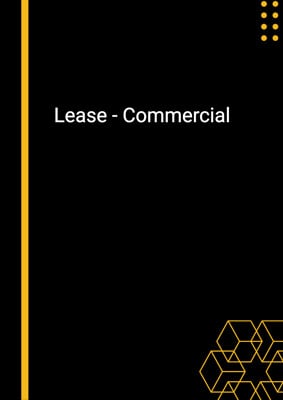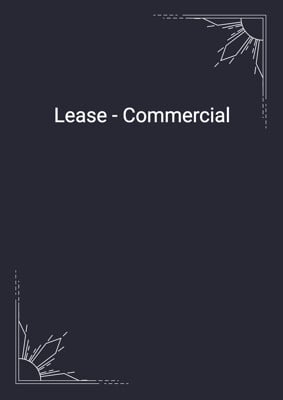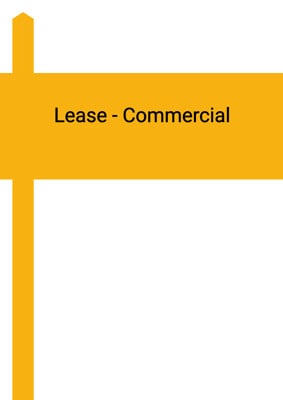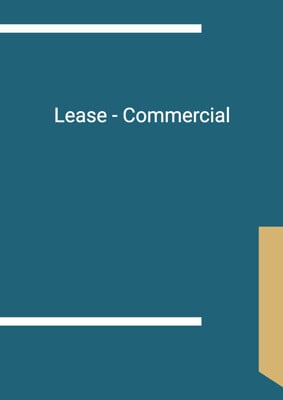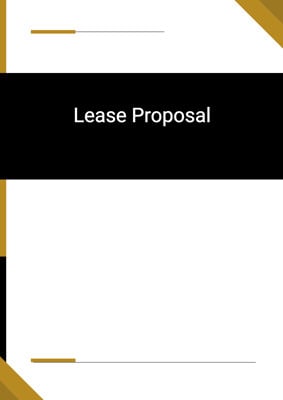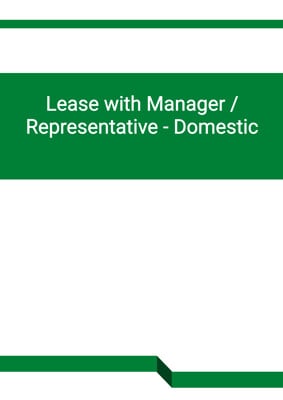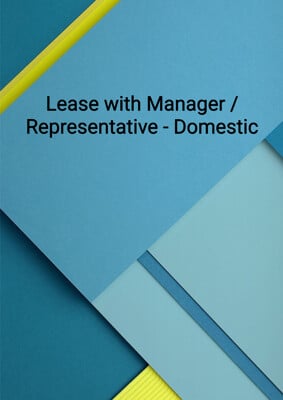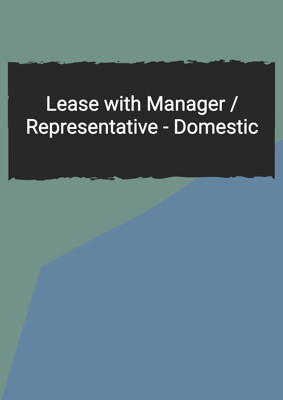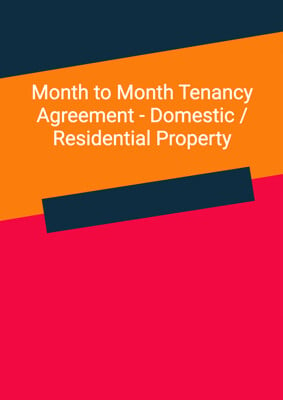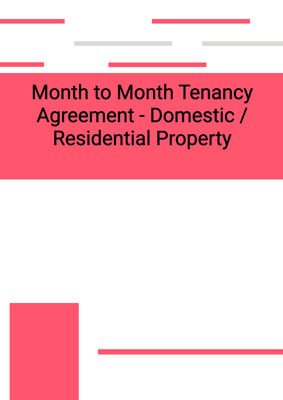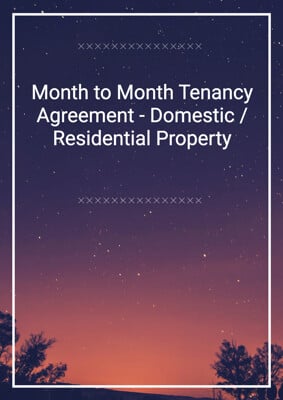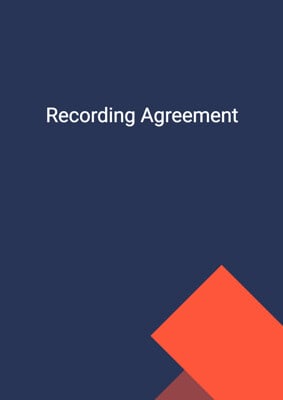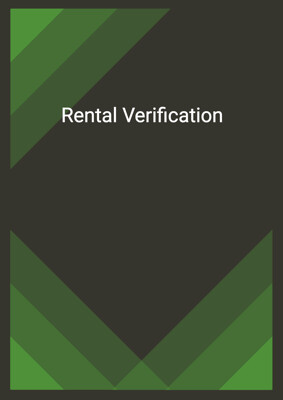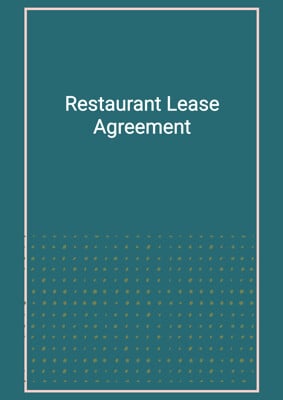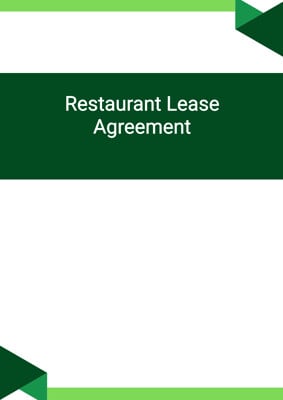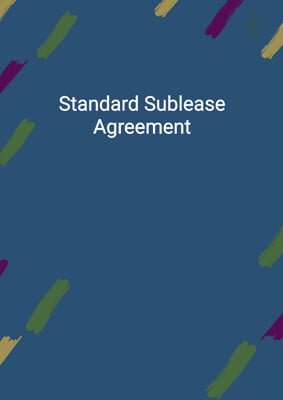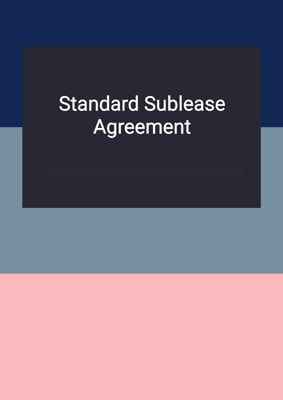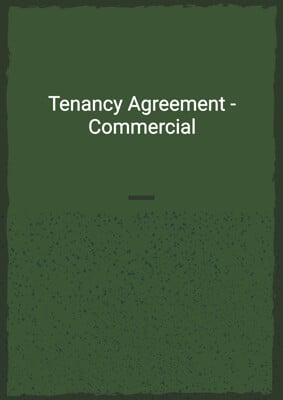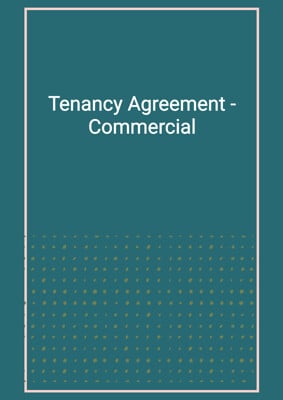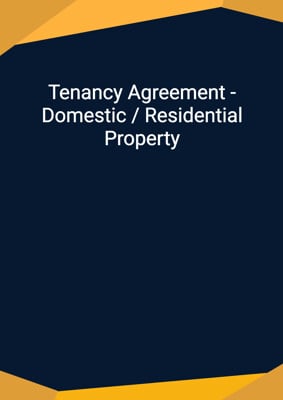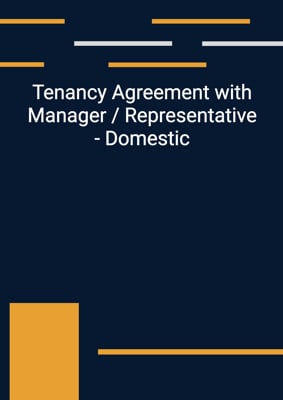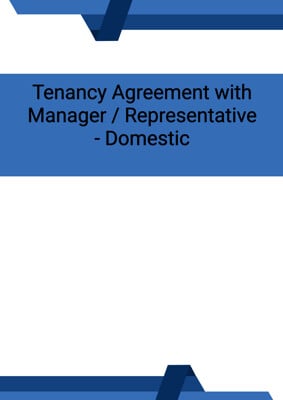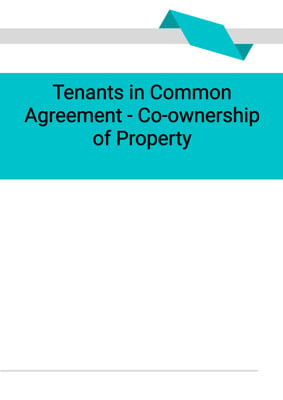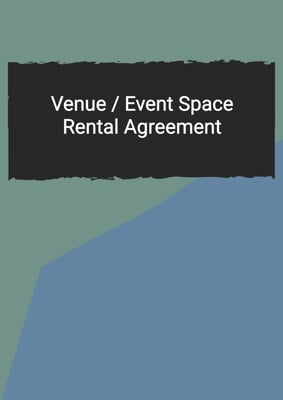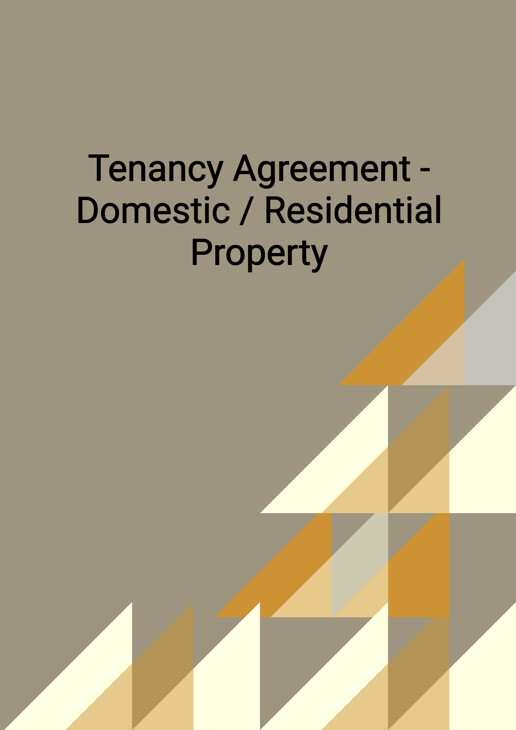
Tenancy Agreement - Domestic / Residential Property
Tenant
Tenancy Agreement for the lease of residential property with options on rent free period, early termination and termination by the Tenant in case of transfer / cessation of employment (Diplomatic / Break Clause). The term is generally less than 3 years. This is drafted in favour of the Tenant.
How to Tailor the Document for Your Need?
01
Create Document
Fill in the details of the parties. You can click the "Fill with Member’s Information" button to complete it with information saved to your account.
02
Fill Information
Please fill in any additional information by following the step-by-step guide on the left hand side of the preview document and click the "Next" button.
03
Get Document
When you are done, click the "Get Document" button and you can download the document in Word or PDF format.
04
Review Document
Please get all parties to review the document carefully and make any final modifications to ensure that the details are correct before signing the document.
Document Preview
Document Description
The Tenancy Agreement - Domestic / Residential Property is a legally binding document that outlines the terms and conditions between the landlord and the tenant for the lease of a residential property. This agreement is important as it establishes the rights and responsibilities of both parties, ensuring a smooth and fair tenancy.
The entire document is divided into several sections, each addressing specific aspects of the tenancy. The first section, titled 'Tenancy', states that the landlord agrees to lease the premises to the tenant for residential purposes. It also mentions the total area of the premises.
The second section, 'Term of Tenancy', specifies the duration of the lease and any break clauses or rent-free periods. It also outlines the procedures for termination and renewal of the tenancy.
The third section, 'Rent', details the amount and frequency of rent payments. It clarifies that the rent includes furniture and electrical appliances, and specifies that the tenant is responsible for utility charges.
The fourth section, 'Deposit', explains the amount and purpose of the security deposit. It states that the deposit will be returned to the tenant at the end of the tenancy, subject to certain conditions.
The fifth section, 'Other Charges', outlines the tenant's responsibility for additional charges such as water, electricity, and property taxes. It also specifies the payment arrangements for these charges.
The sixth section, 'Landlord's Responsibilities', highlights the landlord's obligations, including maintaining the premises, providing necessary utilities, and ensuring the legality of the property.
The seventh section, 'Tenant's Responsibilities', outlines the tenant's duties, such as paying rent and charges on time, maintaining the interior of the premises, and complying with laws and regulations.
The eighth section, 'Termination and Renewal', explains the conditions under which either party can terminate the agreement and the procedures for renewal.
The ninth section, 'Premises Unfit for Occupation', addresses the situation where the premises become uninhabitable due to damage or other causes beyond the landlord's control.
The tenth section, 'Miscellaneous', includes general provisions such as the entire agreement clause, severability, waiver, and notice requirements.
The document concludes with the signatures of the authorized representatives of both parties.
Each section of the document provides detailed information and clauses that protect the rights and interests of both the landlord and the tenant. It ensures that both parties understand their obligations and responsibilities throughout the tenancy period.
How to use this document?
1. Provide information: Enter the landlord's and tenant's information in the agreement, including their addresses and contact details. This ensures that both parties are clearly identified.
2. Specify the term of tenancy: Clearly state the duration of the lease, including any break clauses or rent-free periods. This helps both parties understand the timeline of the tenancy.
3. Clarify rent and charges: Clearly state the amount and frequency of rent payments, as well as any additional charges the tenant is responsible for. This ensures transparency and avoids any misunderstandings.
4. Explain deposit requirements: Clearly state the amount and purpose of the security deposit. Explain the conditions under which the deposit will be returned to the tenant. This helps protect the interests of both parties.
5. Outline landlord's responsibilities: Clearly state the landlord's obligations, such as maintaining the premises, providing necessary utilities, and ensuring the legality of the property. This ensures that the tenant has a safe and habitable living environment.
6. Specify tenant's responsibilities: Clearly state the tenant's duties, such as paying rent and charges on time, maintaining the interior of the premises, and complying with laws and regulations. This helps establish clear expectations for the tenant.
7. Address termination and renewal: Clearly explain the conditions under which either party can terminate the agreement and the procedures for renewal. This helps both parties understand their rights and options.
8. Inform about premises unfit for occupation: Explain the procedures and rights of both parties in the event that the premises become uninhabitable. This ensures that both parties are aware of their rights and responsibilities in such situations.
9. Follow legal requirements: Ensure that the agreement complies with all applicable laws and regulations. This helps protect the rights of both parties and ensures the enforceability of the agreement.
10. Seek legal advice if needed: If there are any complex or specific legal issues, it is advisable to consult with a lawyer or legal professional to ensure that the agreement adequately addresses all relevant matters.
Not the right document?
Don’t worry, we have thousands of documents for you to choose from:




